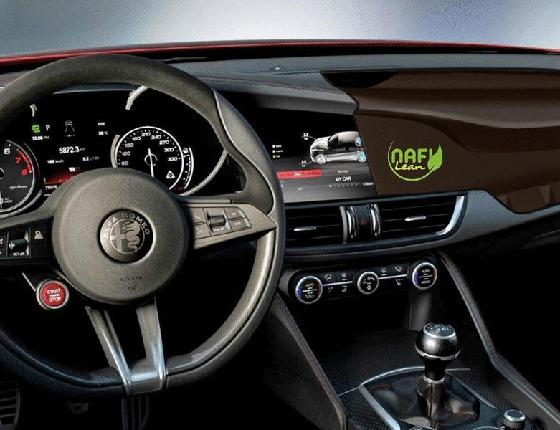Automotive Plastic Materials Used In Automotive Industry

Plastic materials used in automotive industry pdfIn current years, the push for lightweight solutions and the new types of mobility that have emerged — powertrain electrification, alternative fuels, autonomous driving — have changed and are still altering the material specifications of the automotive market. For automotive applications, bio-plastics are at present restricted to interior trims and non-structural elements with ongoing analysis to boost the material properties for universal application. The mature production infrastructures of petroleum plastics, however, remain obstacles to bio-plastics becoming main stream commodity plastics. Future social pressures and subsequent market place trends and even government legislation will dictate the eventual route of bio-plastics progression.
Polycarbonate had earned the tag as the most suitable material for use in the automotive market. Nonetheless, in current instances, Polymethyl Methacrylate, the PMMA polymer or typically identified acrylic plastic, has effectively risen to the increasing demands of the automotive business in replacing polycarbonate … READ MORE >>>







